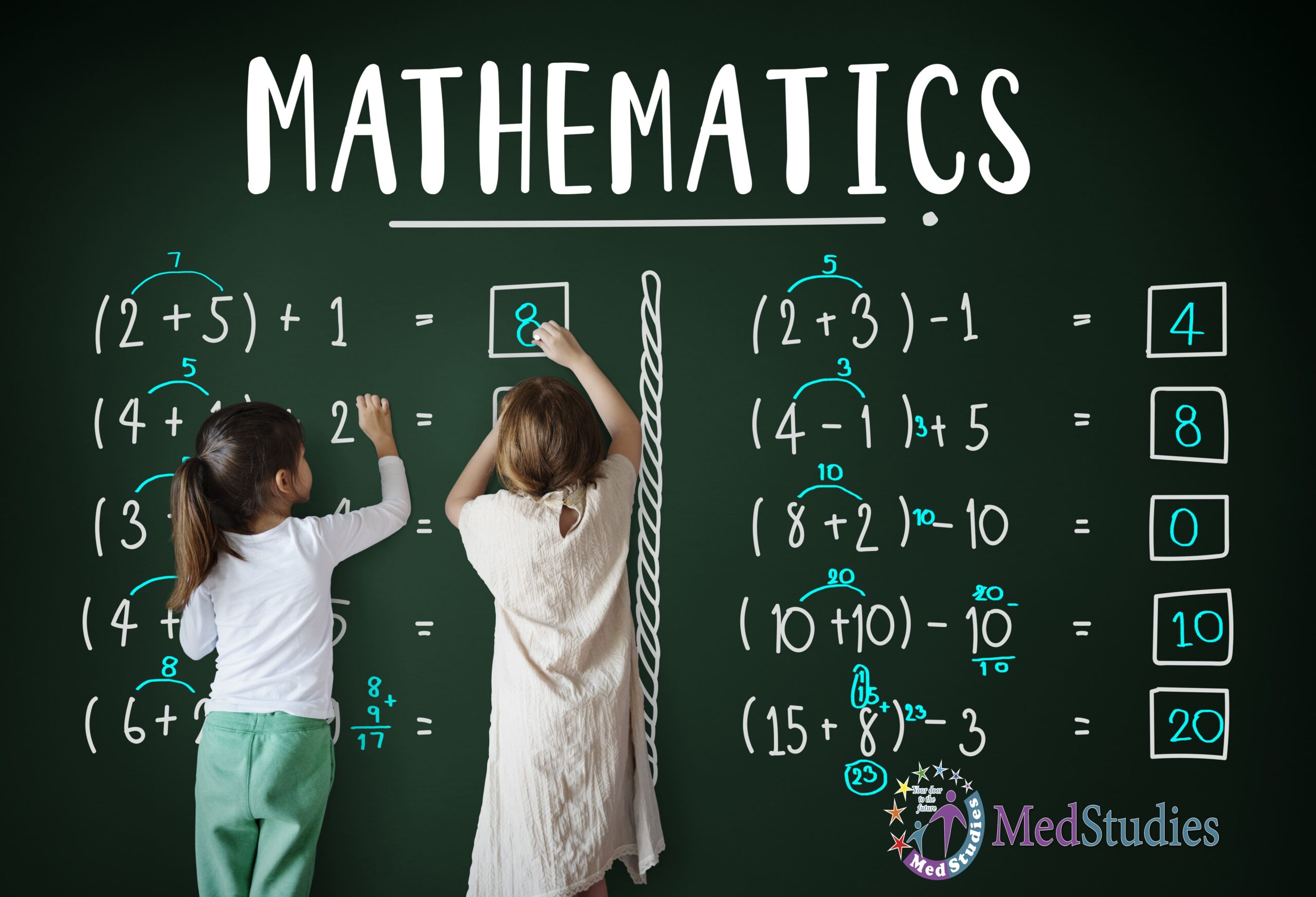
Creative Ways: Teachers Can Make Math’s Fun For Children
There has been a significant change in the way this generation learns. With more field trips, excursions, etc., educators have tried to break the traditional teaching-and-learning paradigm into more contemporary ones.
However, one constant aspect has been the teacher’s influence on students’ lives and their role in driving children’s positive learning outcomes.
Teachers are the builders of a better tomorrow who can transform the education landscape through creativity to improve students’ performance. This can set up 21st-century learners for success in a global, connected world.
Over the years, math’s as a subject has emerged to be an inseparable part of the 21st century’s daily routine work. Math’s educators are constantly seeking creative teaching methods to eradicate maths fear among children from a young age and instill a love for the subject by making it fun.
Let’s look at some creative and effective ways that teachers can use to make maths learning fun for students:
1. GAMIFIED CLASSROOMS
Generation Alpha’s proficiency with technology is making gamification a sought-after technique in learning to bring excitement in a child.
Catching up with today’s students in their digital spaces will lead to constructive learning outcomes and improve their performance.
A few popular maths games include:
- Card games like Race to 100, where two students use multiplication, subtraction or even exponent rules to build cards with a higher value than their opponent’s.
- Math stations filled with number blocks and other manipulatives during play-based learning activities for younger students.
Maths board games that help students learn basic maths facts, while also building socio-emotional skills like turn-taking and collaboration. Teachers can try filling a tic-tac-toe board with maths facts or hosting a maths bingo game for the whole class!
2. CREATING A VISUAL APPEAL
Visual learners connect better with images and thereby understand new concepts easily. Educators are replacing x and y with real-life examples that visually explain a concept, making math’s more relatable.
A popular problem today is asking kids if they want two 10-inch pizzas or one 12-inch pizza that can help your students in getting a grip on newer mathematics concepts in no time.
You can even prompt students to make their own visual aids to help them memories key terms and concepts!
Picture books are also a great way to engage students who prefer seeing and reading to math’s work. Some of the best ones are:
- Bean Thirteen by Matt McElligot — Ralph and Flora are trying to get rid of the unlucky thirteenth bean, but it keeps coming back! This story is a goofy exploration of remainders and division.
- G is for Googol: A Math Alphabet Book by David M Schwartz — Best for students in 4th to 8th grade, this maths book explores interesting maths concepts for every letter of the alphabet.
- Uno’s Garden by Graeme Base — Search for different plants and animals in the forest where Uno lives. Students have to complete skills, puzzles and multiplication questions to finish the adventure.
3. APPLYING LESSONS OUTSIDE THE CLASSROOM
“Are we ever going to use this theorem in real life?” is a common phrase heard in many math’s classrooms.
Teachers can help students in drawing a connection between the concepts/lessons studied in the classroom by asking students to identify and share some real-life application examples, for e.g., identifying the logic behind a plane remaining in the sky after take-off or symmetry in historical monuments like Charminar.
This would not only solidify their math’s understanding but also enable them to appreciate the beauty and wonder of this subject.
4. INTEGRATING MATHS WITH DAILY LIFE
Students find it easier when they can interlink complex topics with their daily life. For some kids learning subtraction might be difficult.
So, to make it easier for them, you can give them tasks to better associate math’s in everyday processes.
For e.g., the next time they sit on the bus or travel through the metro, they can observe how many passengers are getting on and off the vehicle.
For students who find geometry complex, you can interlink it with environmental objects by giving them three wooden sticks to explain the concept of triangles, explaining them about cicadas’ emerging cycles from their underground habitats after a prime number (7, 13 or 17) years, or bees making hexagonal beehive to efficiently use space.
You can also give them building blocks and ask them to construct cubes. These will help students understand the concept of numbers or basic geometry without fearing the numbers or shapes.
5. USE MODERN TECHNOLOGY TO DO ADVANCED ASSESSMENT AND PERSONALISATION
Utilize technology to assess and understand the varied academic needs of each child. Creating a student-driven digital portfolio that documents students’ current classroom learning in real-time and then gives a score to indicate the net understanding of the child.
Based on this score, teachers can personalize each child’s worksheets while moving from easier to difficult math’s skills-building challenges.
6. BE PATIENT
Many children find math’s a challenging subject. Therefore, it becomes especially important to be patient with the child and teach them in a step-by-step sequential manner that will address math’s anxiety and help them form a positive relationship with the subject.
The most important thing is to listen and see your students’ reactions to your teaching styles and adjust your lessons accordingly.
A joyful and cheerful environment is essential for academic and personal growth irrespective of what children are studying.
Do not be reluctant to try out new methods to make math’s more entertaining in your classroom!
See which ones your students respond to the most, and then use them to keep your students engaged in maths class. We hope some of these approaches and strategies of teaching mathematics will effectively improve the dynamics of a classroom.
-Inter Language And Career Academy